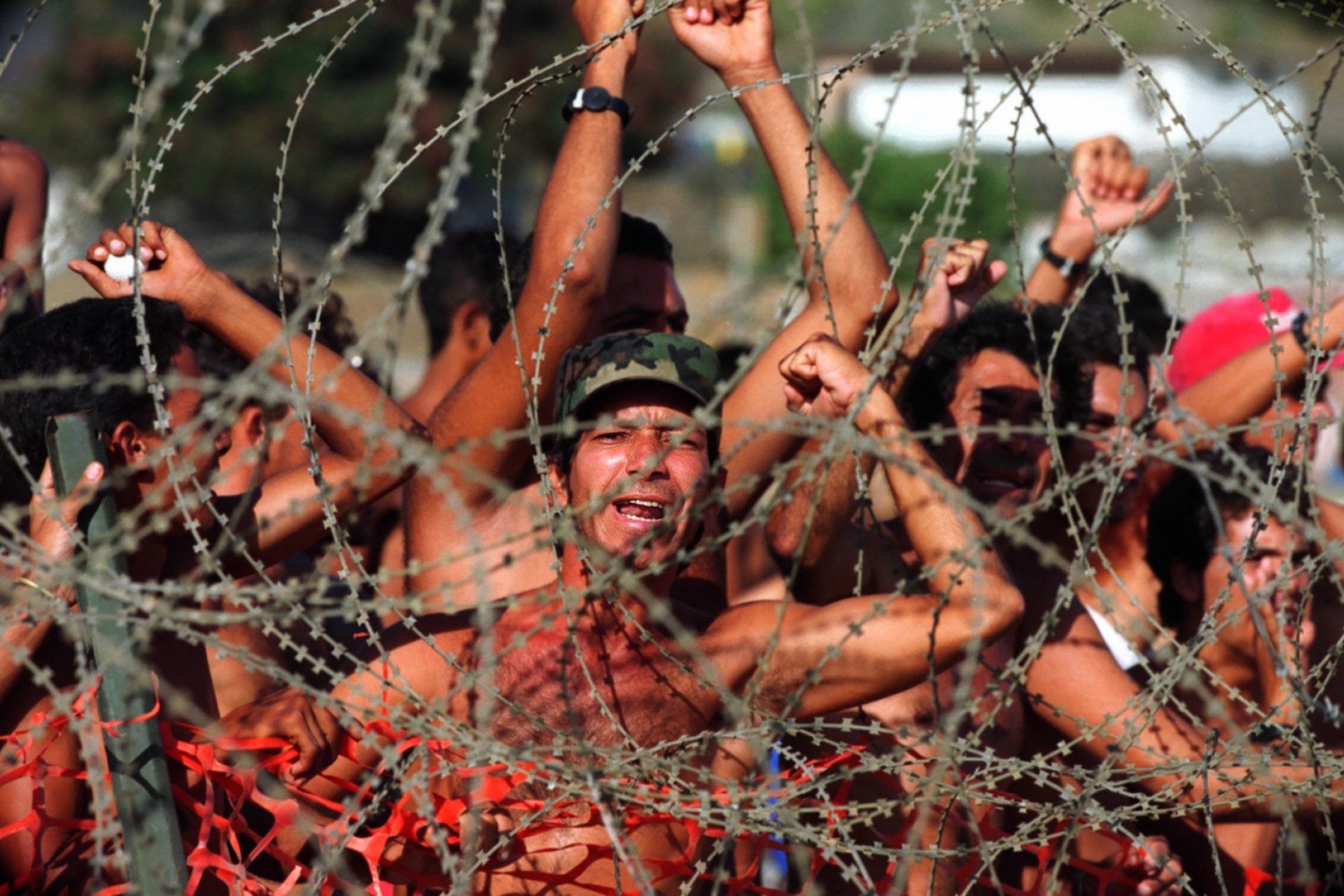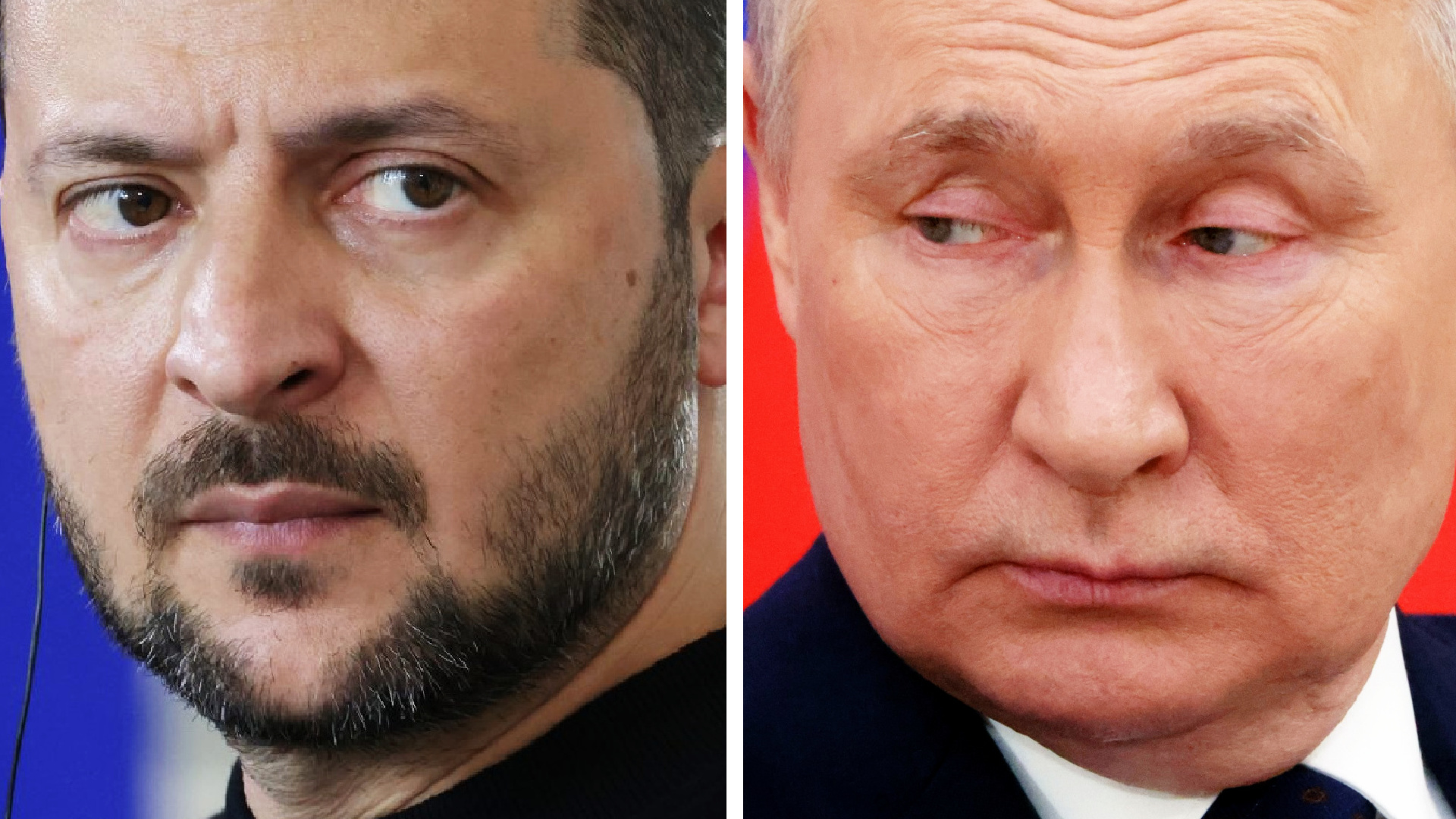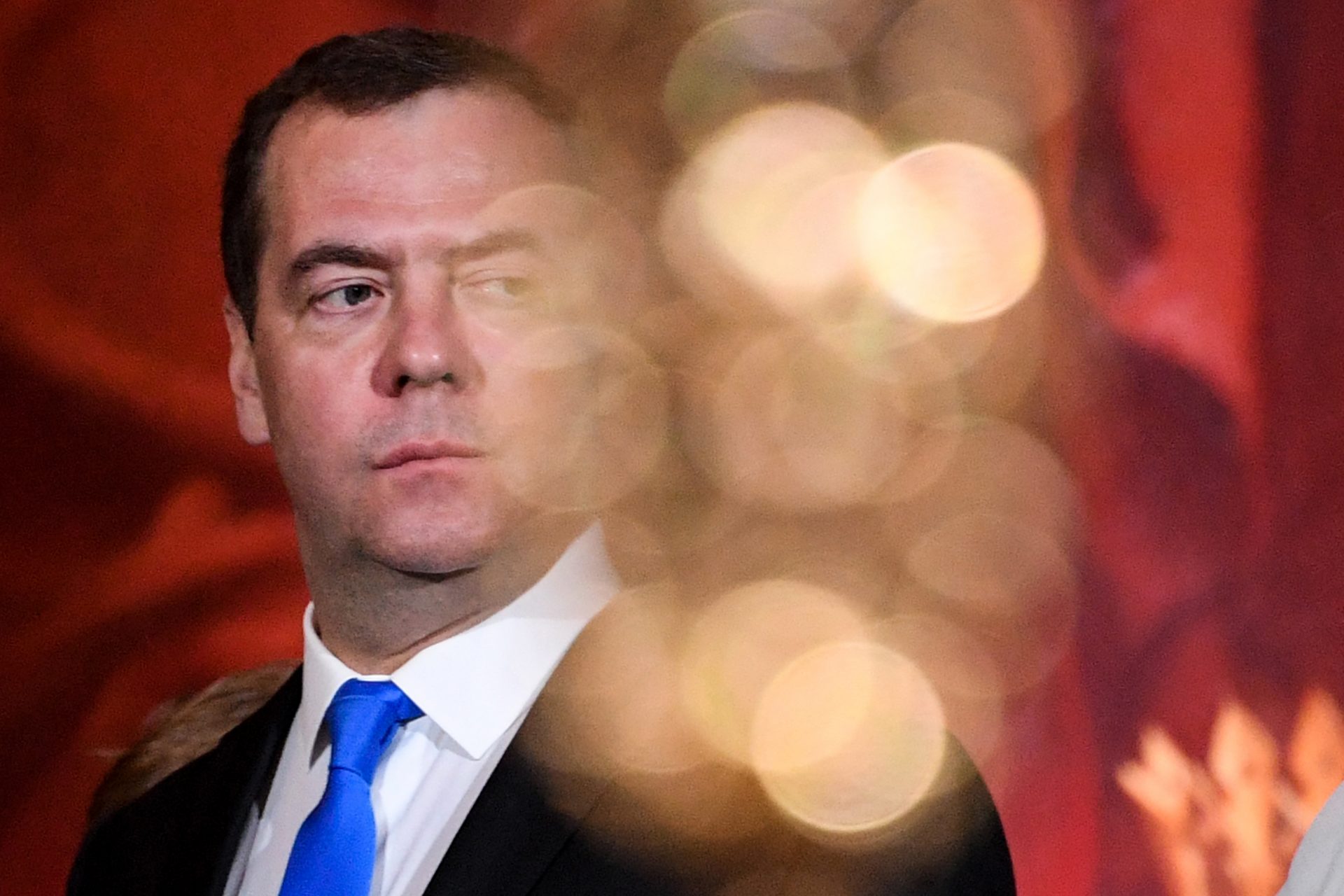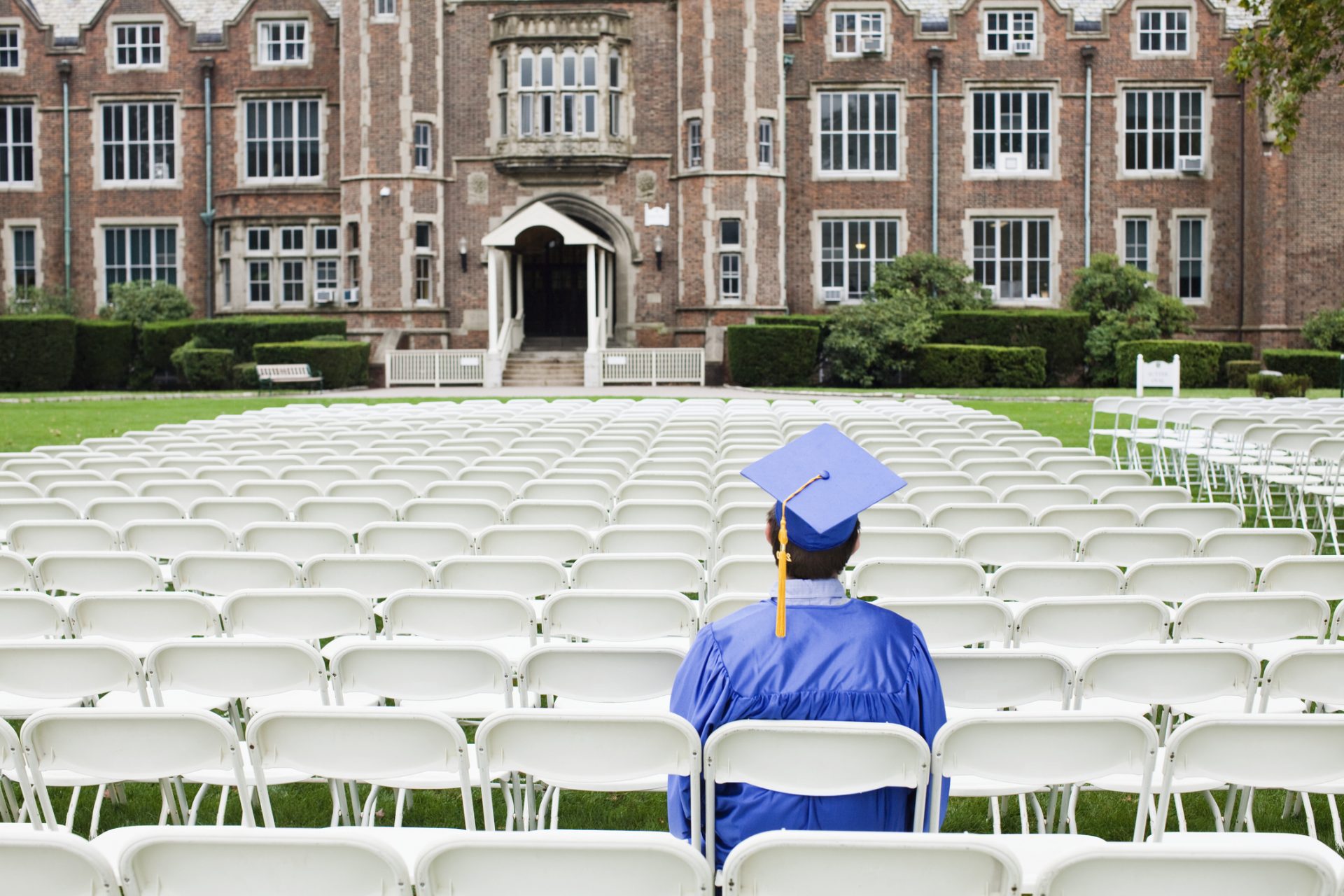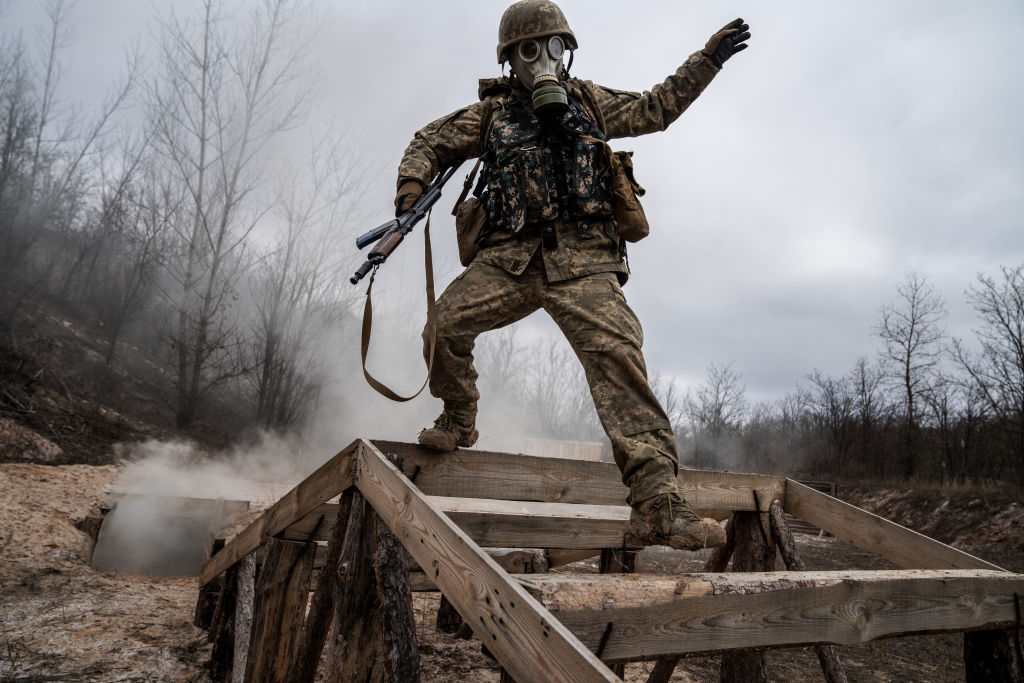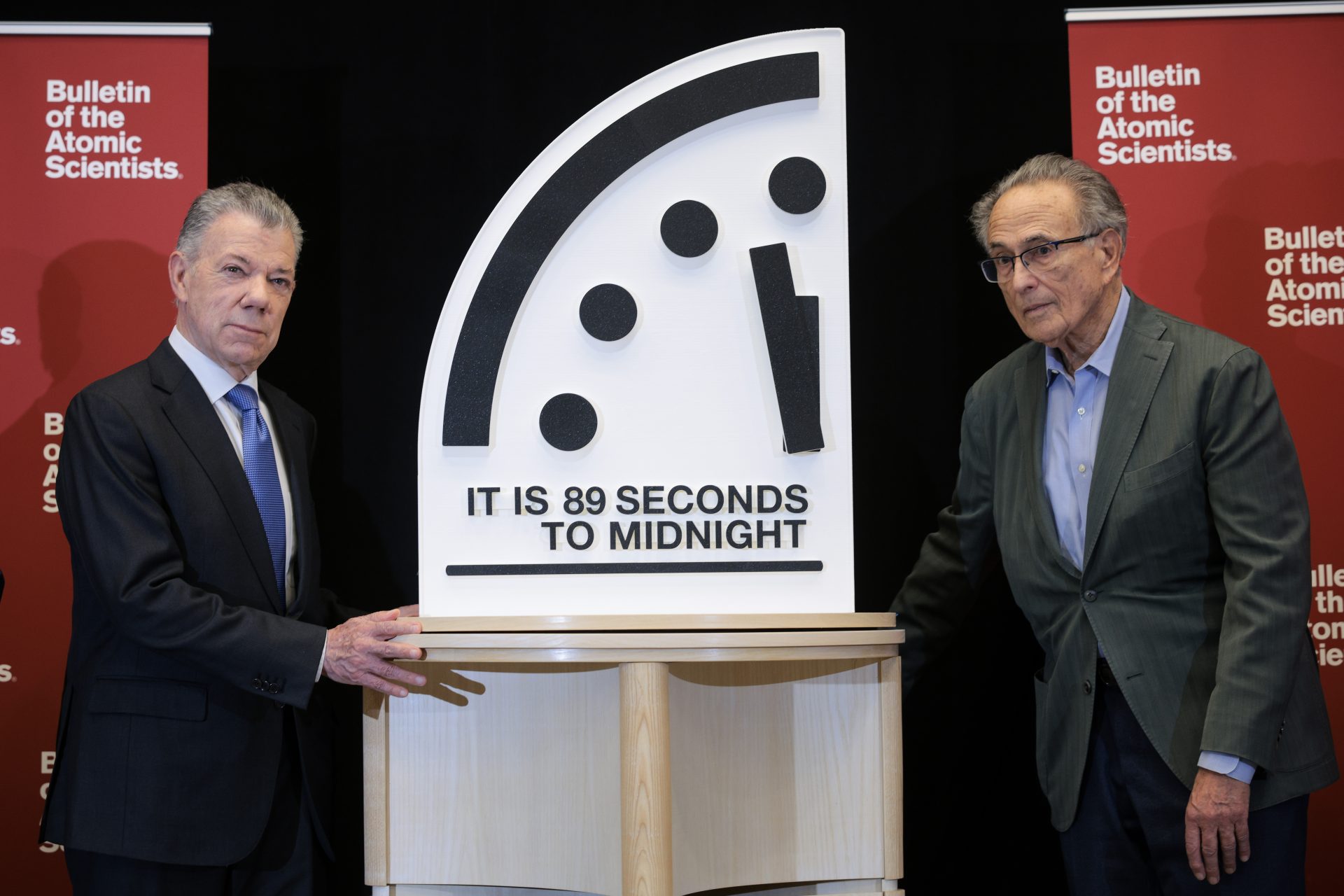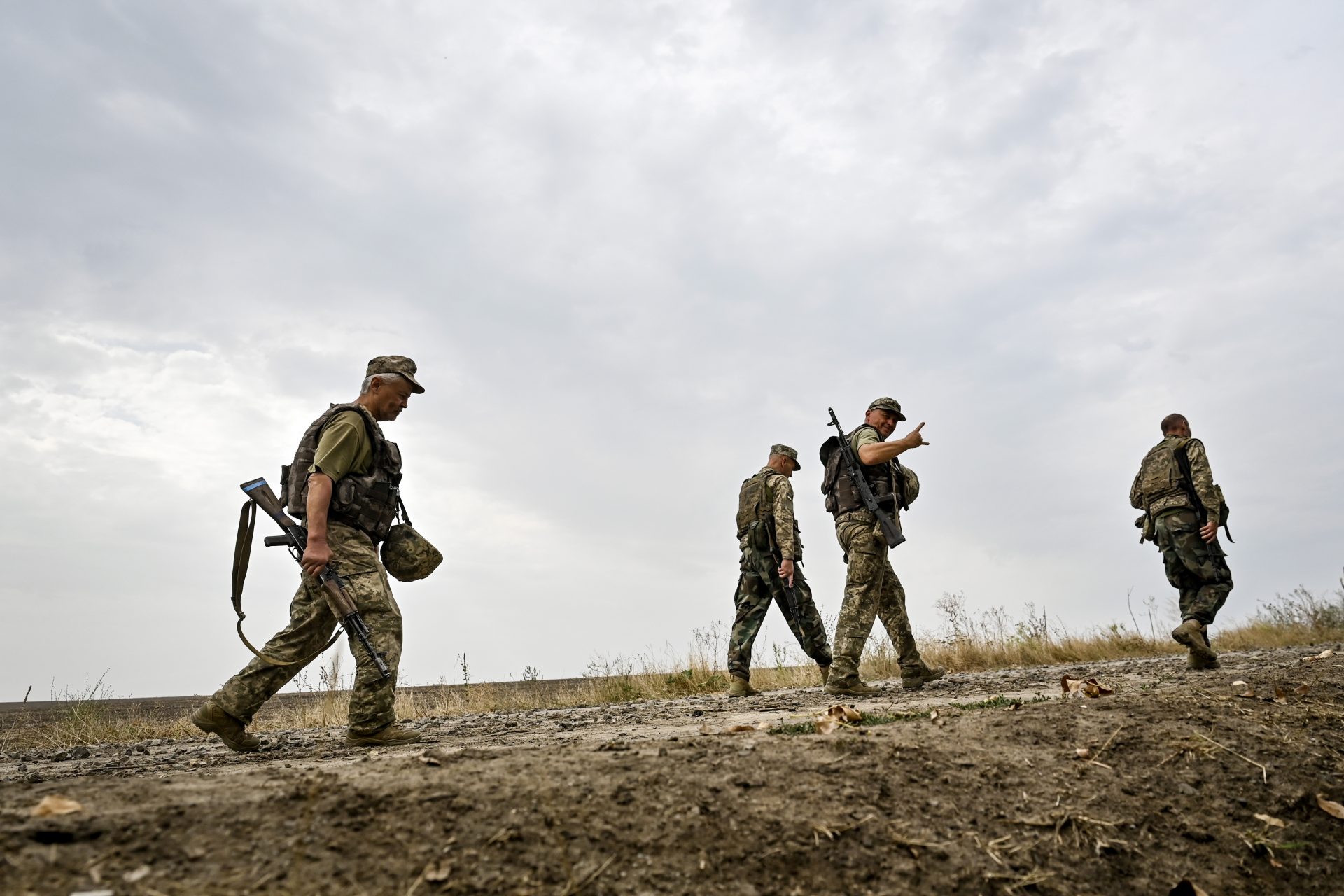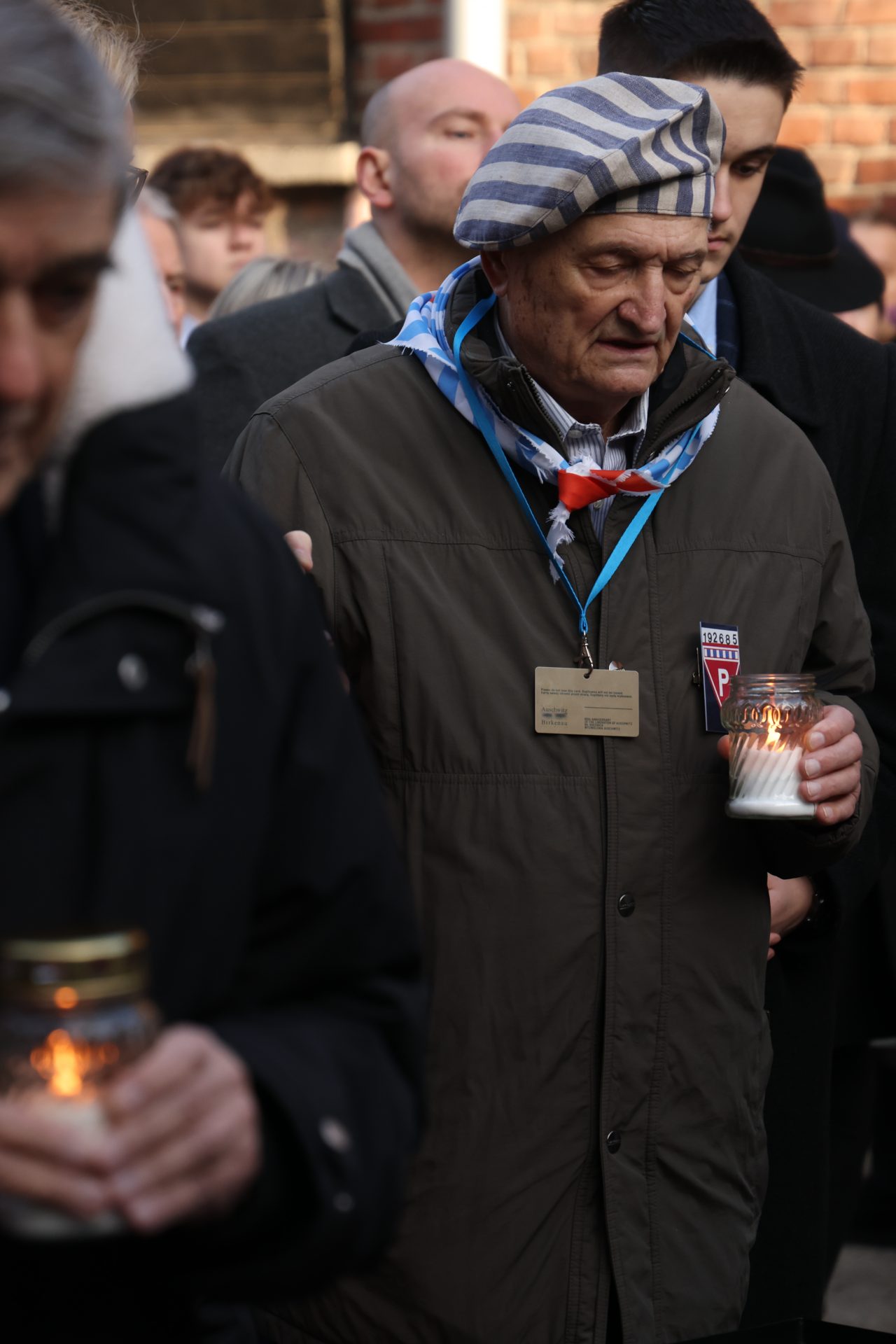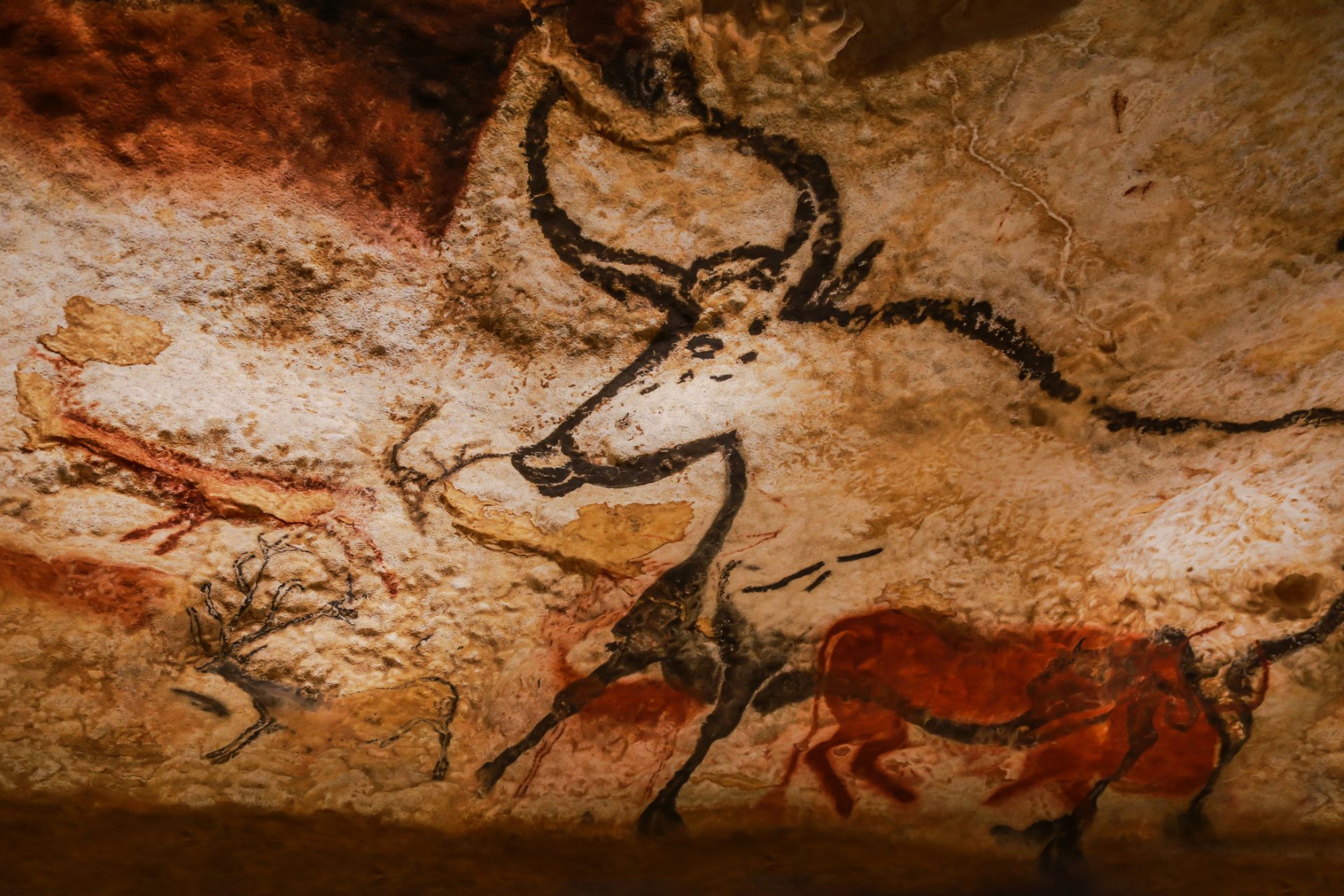Germany in the 80s: its most important historical events
It's one of the high points of the Cold War but also the preamble to its end: the 1980s. Germany is divided into a free and a communist half, and American presidents like Ronald Reagan traditionally only visit the former. But change is in the air...
Screaming colours, shoulder pads, protests, brilliant athletes, addictive toys and the end of the Iron Curtain: the 1980s are worth revisiting.
(Photo: a photo shoot of fashion company Bogner)
The film, based on the 1959 Günter Grass classic of the same name, wins an Oscar for Best Foreign Language Film. The director is Volker Schlöndorff.
The three-dimensional toy invented by the Hungarian Ernö Rubik storms the market in 1981.
Helmut Kohl becomes Chancellor of (West) Germany. He will remain in that position for 16 years and is widely respected - among others by Margaret Thatcher, by his side in this picture.
The song '99 Luftballons' ('99 Red Balloons') first becomes a hit in Germany and then conquers the whole world.
The economies of the West German Federal Republic (FRG) and the East German Democratic Republic (GDR) are extremely different. In 1983, West Germany extends a credit of one billion Deutsche Mark to help close the East German foreign exchange deficit.
(In the photo: The Palace of the Republic and the Cathedral in East Berlin)
The punk movement and its protests are increasingly present in German cities.
Starting in August 1984, everyone must wear a seat belt in the back seat of the car in Germany. If you are caught without a seat belt, you will have to pay a fine of 40 Deutschmarks. In East Germany, seat belts were already required for drivers and passengers in 1980.
The 17-year-old becomes an overnight star.
A reactor at the nuclear power plant in the Soviet state Ukraine explodes and the entire population of its vicinity has to be evacuated. In the rest of Europe, radioactivity is also observed.
The disaster is followed in Germany (as in many other countries) by massive demonstrations against nuclear energy.
American President Ronald Reagan pays a historic visit to Berlin. He gives a speech about the Berlin wall that will be remembered for a long time.
In his speech, the president calls on Mikhail Gorbachev, head of state and party leader of the Soviet Union, to open the iron curtain. He says the famous words: "Mr. Gorbachev, open this gate! Mr. Gorbachev, tear down this wall!"
Just like Boris Becker, Steffi Graf becomes a German tennis icon of the 1980s.
A Bruce Springsteen concert in East Germany. A sensation! The rock star performs in front of 150,000 people with a ticket, but the total attendance of the party in and around the Weissensee cycling track is estimated at half a million.
On October 18, a little more than a week after the 40th anniversary of the GDR, its leader Erich Honecker resigns from all his positions. He calls on the Soviet head of state Gorbachev to reform.
On November 9, 1989, the Berlin Wall becomes a thing of the past. Citizens can freely cross the boundary between East and West Berlin. There has never been a bigger party in the city.
With the erasure of the East-West border, the eighties also come to an end. The decade has a finale of excitement and hope. What would the 90s bring for reunified Germany?
See also: Back to the USSR, photos of life in the Soviet Union
More for you
Top Stories























